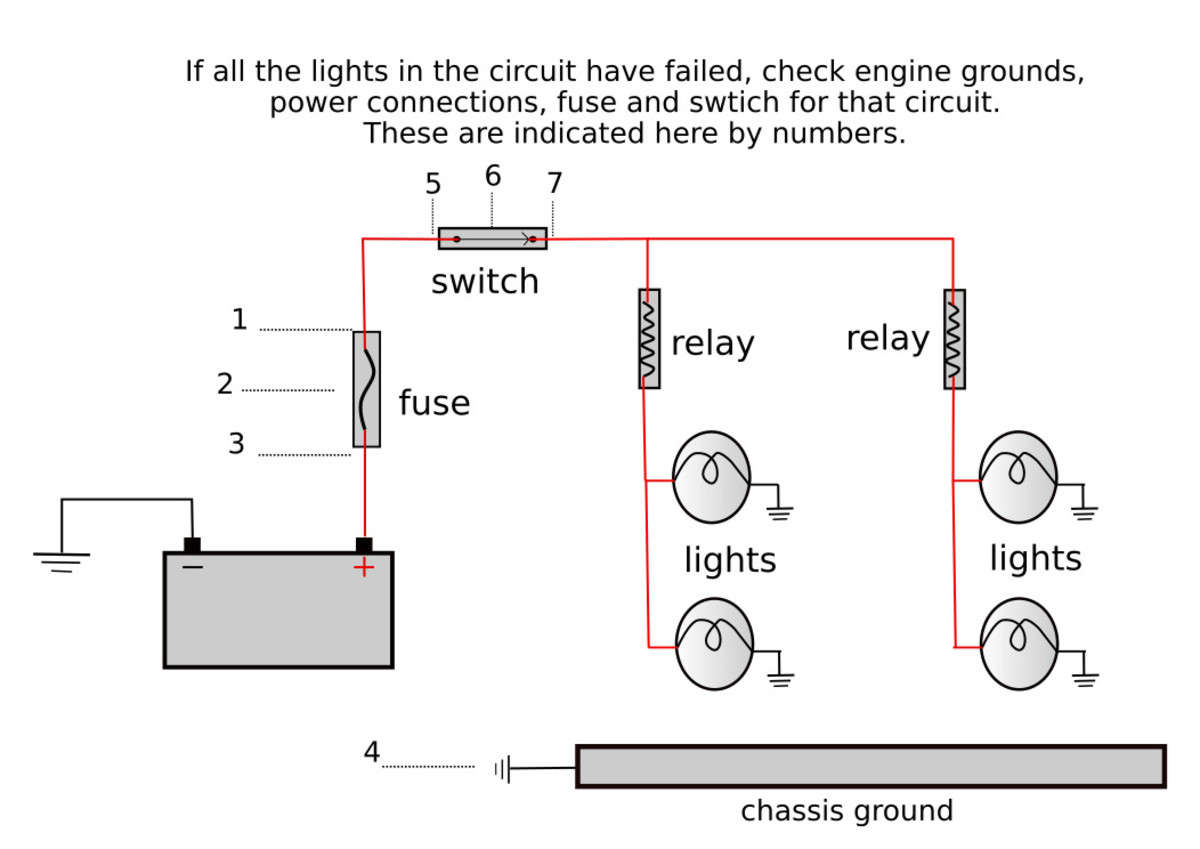Car lighting wiring is vital for road safety, requiring accurate diagrams to troubleshoot issues effectively. Common problems stem from electrical faults that disrupt illumination.
Common Wiring Problems
- Blown Fuses: Caused by overloads or shorts, leading to no power to lights.
- Burnt or Faulty Bulbs: Results from high voltage or poor contact, causing dimness or failure.
- Short Circuits: Wires grounding against metal from damaged insulation, triggering fuse blowouts.
- Open Circuits: Broken wires or loose connections interrupt current flow entirely.
- Poor Grounding: Corroded or loose chassis grounds cause flickering or weak illumination.
- Switch or Relay Failures: Defective components prevent circuit activation or deactivation.
Step-by-Step Fixing Methods
Diagnose with a multimeter and wiring diagrams before proceeding:
- Disconnect the battery to prevent electrical hazards during repair work.
- Replace blown fuses with same-rated ones; trace overload sources if recurring.
- Swap faulty bulbs with new ones and check socket contacts for corrosion.
- Inspect wiring for shorts using continuity tests; repair or insulate damaged sections.
- Identify open circuits by probing wires; reconnect or replace broken links.
- Clean ground points with sandpaper and tighten; apply dielectric grease to prevent corrosion.
- Test switches and relays for function; replace components failing continuity checks.
Verify repairs by reconnecting battery and testing all affected lights.

